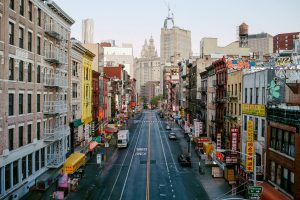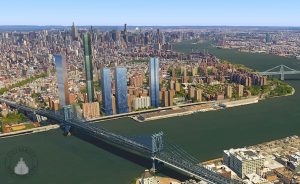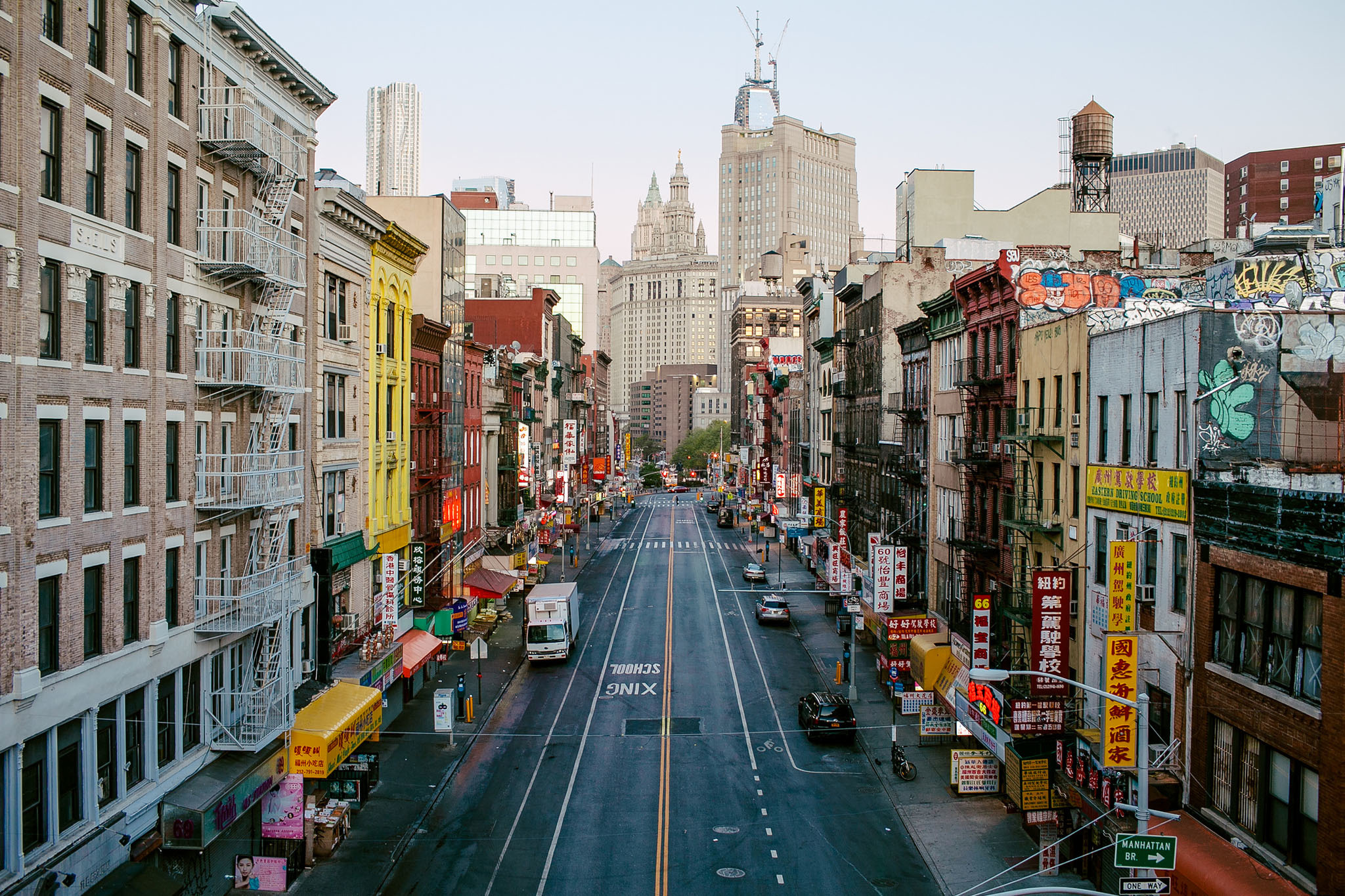
The impetus for this research project and the questions surrounding it came from many conversations with my friends over the past year. The United States has been and will continue to be a place with a robust and complex history of immigration. Sites like Manhattan’s Chinatown have become a destination rather than a lived place, a community for Chinese people in America. Once a haven, or an identifier, for Asian and Pacific Americans in New York, the Lower East Side, Two Bridges, and Chinatown have found themselves under the influence of our urban sprawl. The skyline is quickly changing, and city developers are beginning to break ground on new high-end residences along the river, driving out longtime residents and undercutting the ability of new immigrants to move to a neighborhood that was, at one point, theirs.

This is not to say Manhattan’s Chinatown was or is an idyllic neighborhood, but rather a section of the city where Asians in America could find some semblance of familiarity.
These initial steps of my research, thinking about these neighborhoods, tend to jolt me. I had reservations even when I submitted my proposal, and those have only become more pronounced. I intended for this project to be an ethnography of sorts, centered very much around interactions with residents and health professionals invested in Lower Manhattan. However, I have decided to reel my expectations in and take a more data-based approach to this subject and look more holistically at the changing public health of A/P/A residents in the relevant pockets of the city as urban development sharply changes the essential facets of the residential experience.
